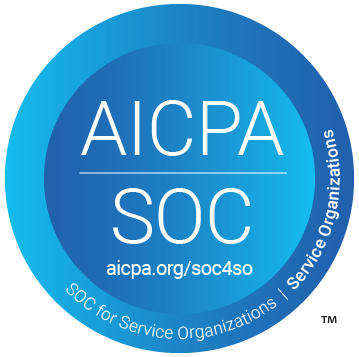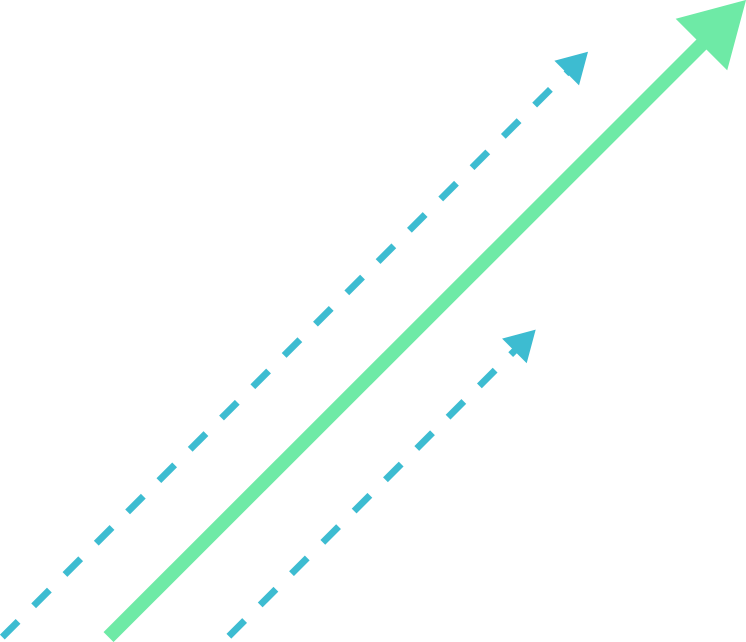Salesforce CRM Analytics is more than a layer of reports inside Salesforce. It is an advanced business intelligence solution that lets teams visualize, analyze, and act on customer data without leaving the platform.
Signals spread across systems turn into insight you can use today. If decisions need evidence — not hunches — Salesforce CRM Analytics points a clear way forward.
Let’s take a closer look.
How does Salesforce CRM Analytics work?
Salesforce CRM Analytics works by unifying Salesforce objects and approved external data, modeling them, and surfacing the results in interactive dashboards that people can act on in context.
In practical terms, it connects records, applies transformations, and presents answers in views designed for daily work.
Because the analytics layer is native to Salesforce, updates reflect as soon as data changes. Teams move from historic snapshots to living information.
AI features highlight trends, outliers, and next steps, so a manager can go from “What happened?” to “What should we do now?” in one place. No exports. No switching between tools. Insights appear directly where the work happens.
What are the benefits of Salesforce CRM Analytics?
Salesforce CRM Analytics benefits organizations by bringing real-time visibility, predictive guidance, and in-platform execution together. That mix shortens the path from question to action and keeps every team aligned on the same numbers.
Real-time insights for sales and service teams
Sales and service professionals see what matters the moment it changes. Pipelines, cases, and account health update in place, so teams respond before small issues become blockers. The result is:
- faster follow‑ups;
- fewer surprises; and
- conversations that feel timely for customers.
Real time also improves coaching. Leaders can spot where deals slow down or where case volume spikes, then jump in with targeted support. Early adjustments deliver measurable impact over the course of a quarter.
AI-powered predictions with Einstein Discovery
Einstein Discovery adds forward‑looking context to day‑to‑day metrics. It flags patterns, estimates outcomes like win probability or churn risk, and explains which factors push results up or down. Instead of relying on guesswork, teams get a reasoned path.
Those predictions change daily behavior:
- reps focus on deals that can move now;
- service leaders design playbooks for recurring issues;
- marketing narrows audiences based on signals that actually correlate with conversion.
Seamless integration with Salesforce objects and workflows
Because CRM Analytics lives inside Salesforce, insights flow into the same workflows employees already use. Opportunities, leads, campaigns, and cases feed the analytics layer and receive guidance back, closing the loop between data and action.
This tight connection matters for adoption. When the data story sits next to the record, people use it. Hand‑offs improve, context is never lost, and teams stop copying data into side tools that drift out of date.
Customizable dashboards and KPIs
Every business tracks success differently. CRM Analytics lets each team build dashboards that mirror how they run the week:
- revenue growth;
- conversion;
- cycle time;
- satisfaction; or
- a blend.
Leaders keep a company‑wide view, while individual roles keep the lenses they need for the day.
Customization also helps governance. Standardized KPI definitions reduce debate about “whose numbers are right” and free up energy to discuss what action to take next.
Enhanced user experience with no need for separate BI tools
There is no extra login, no fragile export, no shadow spreadsheet. Users work where they already spend their time, which lowers friction and speeds up change.
When a tool is fully integrated, adoption increases — and adoption turns insights into action rather than static charts.
Who can benefit from Salesforce CRM Analytics?
Salesforce CRM Analytics benefits any function that depends on pipeline, campaign, or service signals — and leaders who need a 360º view across them. Each area gains clarity without losing nuance.
Sales teams
Sales teams track pipelines, forecast revenue, and prioritize leads with clearer context. Visual funnels reveal where momentum drops, and predictive cues point to the next best action. That mix improves conversion and forecast accuracy.
Managers gain a steadier cadence. They set quotas with evidence, shape territories with trend data, and coach reps with specific examples pulled from live dashboards. Consistent, repeatable success replaces isolated efforts.
Marketing teams
Marketing monitors campaigns, engagement, and ROI in one place. With outcomes tied back to opportunities and accounts, budget shifts become simpler and creative choices more data-driven.
The team learns faster which messages and channels actually move revenue.
Over time, this feedback loop refines targeting. Segments get sharper, offers get clearer, and hand‑offs to sales feel coordinated rather than hopeful.
Customer service
Service leaders spot patterns in tickets, identify early churn signals, and track satisfaction trends. Response times, escalation paths, and root causes become visible, which helps reduce backlog and raise quality.
The day‑to‑day changes too. Agents see context at a glance, so conversations feel informed. Managers adjust staffing before queues swell. Customers notice the difference.
Executives
Executives get a consolidated view across departments — one version of the truth. Strategy reviews move faster, and decisions carry more confidence because they draw on shared, current data.
Scenario views and trend lines help leadership test options before committing resources. When the market shifts, the organization pivots with facts, not assumptions.
Why partner with The Ksquare Group to implement CRM Analytics?
Partnering with The Ksquare Group ensures Salesforce CRM Analytics is implemented as a tailored solution — not a generic template. The team designs dashboards around real decisions, integrates custom datasets, and builds a Salesforce architecture that activates insight in daily work.
Experience matters here. Ksquare consultants align stakeholders, define KPIs that stick, and set governance, so data stays reliable over time. The goal is adoption: a system people trust, use, and refine as the business evolves.
For organizations ready to turn data into clear, fast decisions, Salesforce CRM Analytics provides the platform — and The Ksquare Group brings the know‑how to make it count. Access the CRM Analytics page to learn more.
Summarizing
What is CRM Analytics in Salesforce?
CRM Analytics in Salesforce is a native business intelligence platform that unifies data, creates dashboards, and delivers real-time insights directly inside Salesforce to guide decisions across teams.
Is Salesforce CRM analytics Tableau?
No, Salesforce CRM Analytics is not Tableau. While both are owned by Salesforce, CRM Analytics is built natively into Salesforce for embedded insights, whereas Tableau is a standalone analytics platform with broader visualization scope.
How to open CRM Analytics in Salesforce?
CRM Analytics can be accessed from the Salesforce App Launcher by selecting the Analytics Studio option. From there, users explore dashboards, run reports, and apply AI insights without leaving the Salesforce environment.
Does Salesforce have a CRM system?
Yes, Salesforce is one of the world’s leading CRM systems. It centralizes sales, marketing, and service processes, providing tools to manage customer relationships, track performance, and integrate data for a unified business view.
image credits: Freepik



